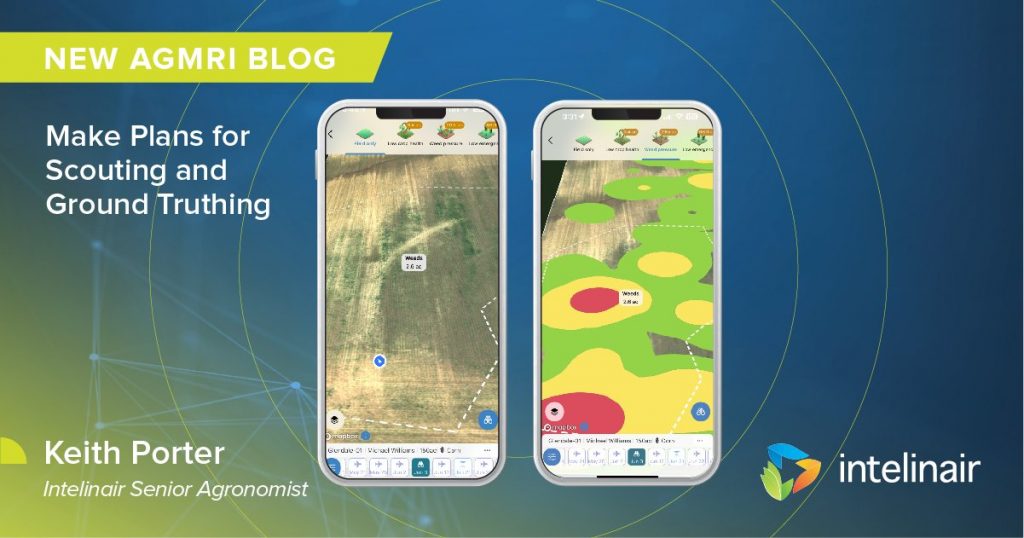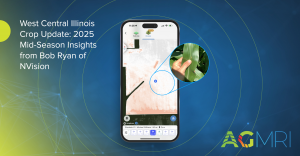As you plan for the 2023 crop season, you are likely considering your options regarding field scouting and what you expect from the effort.
Field Scouting is a key field activity conducted throughout the growing season to assess the condition of the crop, determine the effectiveness of applied inputs and identify any unexpected issues with the crop. Field scouting has been done for as long as farmers have produced crops. Whether the scouting is done by the farmer themselves, their trusted agronomic advisor, or others, the objective is the same – identify and understand potential issues before they magnify and present larger potential challenges that could prevent the crop from reaching its full potential.
By comparison, Ground Truthing is the in-field verification of the specific inputs/technologies that have been used in the production of the crop. Field scouts and others conduct in-field ground truthing reviews and use the results to validate if the inputs or other technologies are being effective for the crop needs, and/or measuring the performance of various digital technologies in predicting crop status or identifying issues in the field.
Examples of ground truthing vary, but can include:
-
Did the crop protection product application control the identified pest?
-
Did the nutrient application correct a deficiency that was identified?
-
Does the imagery or other digital data match up with the situation in the field?
Why Spend Time to Ground Truth
The main reasons to ground truth your crops are to determine the effectiveness of the varied field applications, provide insight to the varied digital data layers being captured in a specific field, and prove in-season corrective actions as needed.

Key Insights Gained from Ground Truthing
With ground truthing, farmers, agronomists and others will gain knowledge and confidence that the various inputs and technologies being utilized are effective, that their understanding of the crop status is accurate, and that the digital technologies being utilized are effective in providing actionable insights on a timely basis. Outcomes of ground truthing activities will vary according to what is being measured, but regardless, the key objective is to verify the effectiveness of these to achieve the desired outcome for the crop in terms of yield, quality, and revenue per acre.
How AGMRI Can Help
AGMRI provides a bird’s eye view of the field and uses analytics to help point out areas of potential concern. This view can guide individuals on where to take a closer look when scouting or ground truthing. Plus, the advanced AGMRI scouting management tool is helpful in capturing field insights and data to provide a season-long crop status at key periods. AGMRI provides the ability to build a seasonal review which can help farmers and their trusted advisors plan for the coming season and develop crop plans that reflect the goals and objectives for the individual fields and farms.
For additional information on how AGMRI can allow you to more effectively field scout and ground truth your crop status, contact us.















